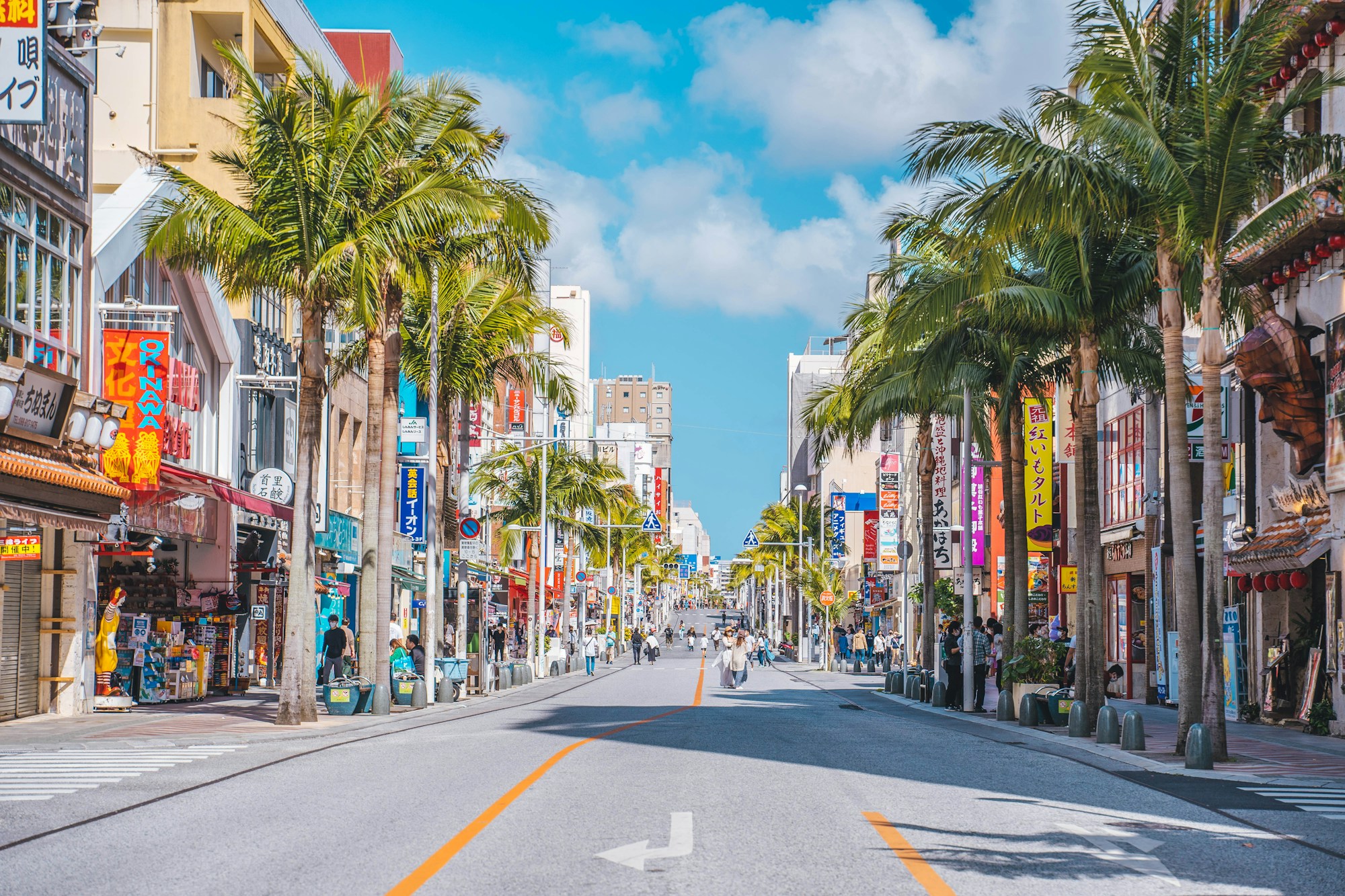Naha Culture & Traditions: History, Customs, Festivals

Naha Culture & Traditions: History, Customs, Festivals
Naha, the capital city of Okinawa Prefecture in Japan, is a vibrant city that is steeped in rich culture and traditions. The history of Naha can be traced back to the Ryukyu Kingdom, which flourished from the 15th to the 19th century. Today, the city is known for its unique customs, lively festivals, and warm hospitality.
History
Naha has a fascinating history that reflects the influences of both Japan and China. During the Ryukyu Kingdom era, Naha served as the political, economic, and cultural center of the region. The city was heavily influenced by Chinese culture, evident in its architecture, language, and arts. In 1879, the Ryukyu Kingdom was abolished, and Okinawa became a prefecture of Japan.
Customs
One of the prominent customs in Naha is the practice of karate, a traditional Okinawan martial art. Visitors can witness demonstrations of karate in local dojos and even participate in lessons to learn the basic techniques. Another unique custom is the use of the Okinawan language, which has its own distinct dialect and pronunciation. Locals take pride in their language and appreciate visitors who make an effort to learn a few basic phrases.
Festivals
Naha is renowned for its vibrant festivals that showcase the city's lively spirit and cultural heritage. One of the most famous festivals in Naha is the Naha Haarii, held annually in May. This dragon boat race is a thrilling event that attracts teams from all over Okinawa and Japan. Visitors can witness the intense competition as teams paddle their way to victory. Another popular festival is the Naha Tug-of-War, celebrated in October. This Guinness World Record-breaking event involves thousands of participants pulling a massive rope that stretches for over 200 meters. The Tug-of-War is believed to bring good fortune and prosperity to the city.
Local Cuisine
No visit to Naha is complete without experiencing the local cuisine, which is a blend of Okinawan, Japanese, and Chinese flavors. Some must-try dishes include Okinawan soba, a noodle soup with unique flavors, and Goya Champuru, a stir-fry dish made with bitter melon, tofu, and pork. Visitors can also enjoy traditional Okinawan sweets, such as sata andagi (fried doughnuts) and chinsuko (butter cookies).
Getting Around
Naha is a compact city that can easily be explored on foot or by public transportation. The city has an extensive bus network that connects all major attractions and neighborhoods. Visitors can purchase a one-day bus pass for unlimited rides. Taxis are also readily available for those who prefer more convenience.
